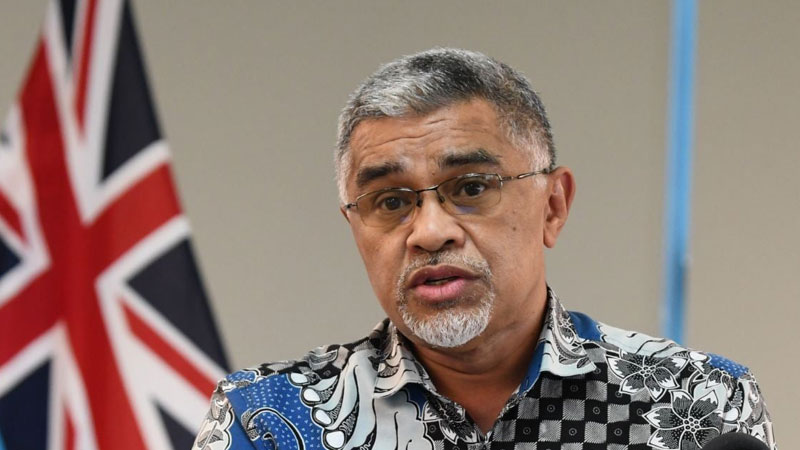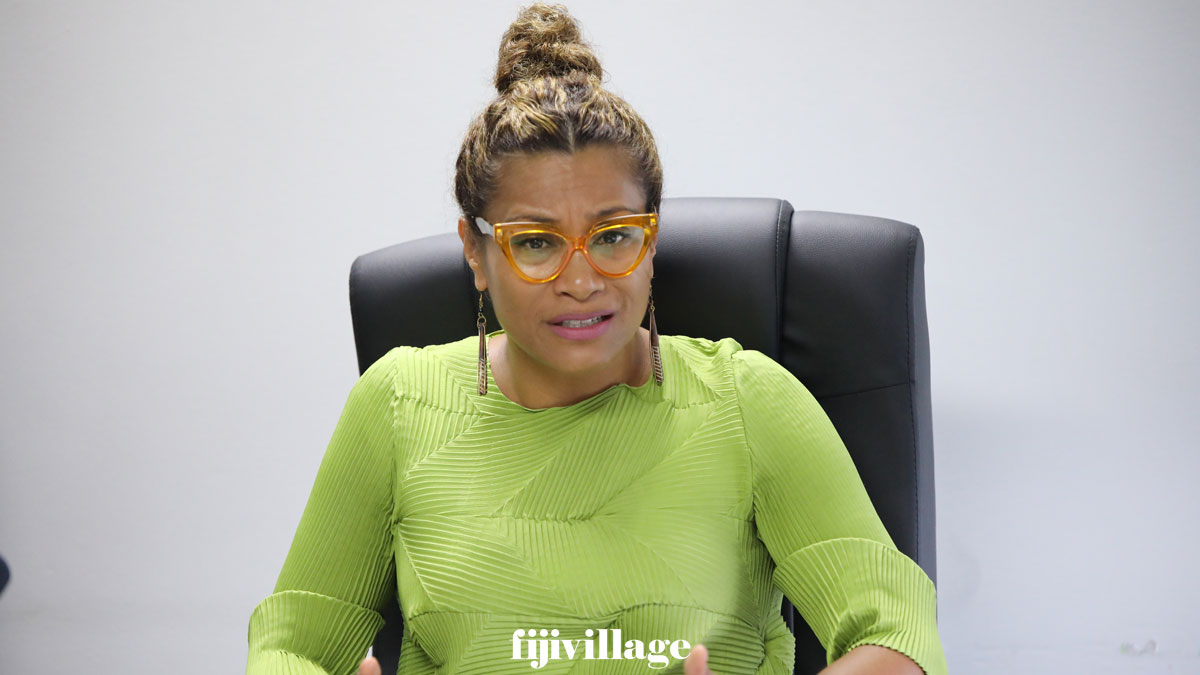
We have the means to protect ourselves and children have a lower risk of getting COVID-19, lower risk of suffering symptomatic disease and lower risk of getting severe outcomes.
Those are the comments of Permanent Secretary for Health Doctor James Fong when asked if he feels that it is safer for unvaccinated children from 5 to 12 years to wait until they are given time to get vaccinated and then return to school.
Dr Fong says if we have that inherent decrease in the risk, we just need to pile it up with a few risk measures and make sure that those around them are protected and they do not pass the disease to the children.
He says by doing this we are setting up a space to allow children to go back to school.
Year 12 and 13 students returned to school after time was given for parents to get their children vaccinated. The same was done for children aged 12 to 15 years.
While the urgency to ensure the students return to school has been constantly highlighted as many school hours have been lost, some parents of children aged 5 to 12 years have said that they would feel safer if more protection is provided to their children and a decision is made on whether they can get vaccinated like what countries like the US and Australia are doing.
They are also concerned about the 5 deaths of the unvaccinated with underlying medical conditions during the third wave who were under 19 years old.
The World Health Organisation had said at the end of last year that countries should consider the individual and population benefits of immunising children and adolescents in their specific epidemiological and social context when developing their COVID-19 immunisation policies and programs.
It had said as children and adolescents tend to have milder disease compared to adults, unless they are in a group at higher risk of severe COVID-19, it is less urgent to vaccinate them than older people, those with chronic health conditions and health workers.
The WHO said there are benefits of vaccinating children and adolescents that go beyond the direct health benefits.
It said vaccination that decreases COVID transmission in this age group may reduce transmission from children and adolescents to older adults, and may help reduce the need for mitigation measures in schools.
The WHO said minimizing disruptions to education for children and maintenance of their overall well-being, health and safety are important considerations.
It further says that countries’ strategies related to COVID-19 control should facilitate children’s participation in education and other aspects of social life, and minimize school closures, even without vaccinating children and adolescents.
It says UNICEF and WHO have developed guidance on how to minimize transmission in schools and keep schools open, regardless of vaccination of school-aged children.
The WHO says before considering implementing primary vaccination series in adolescents and children, attaining high coverage of primary series - and booster doses as needed based on evidence of waning and optimizing vaccination impact - in highest risk subgroups, such as older adults, must be considered.
The WHO says as a matter of global equity, as long as many parts of the world are facing extreme vaccine shortages, countries that have achieved high vaccine coverage in their high-risk populations should prioritize global sharing of COVID-19 vaccines through the COVAX facility before proceeding to vaccination of children and adolescents who are at low risk for severe disease.
Stay tuned for the latest news on our radio stations


